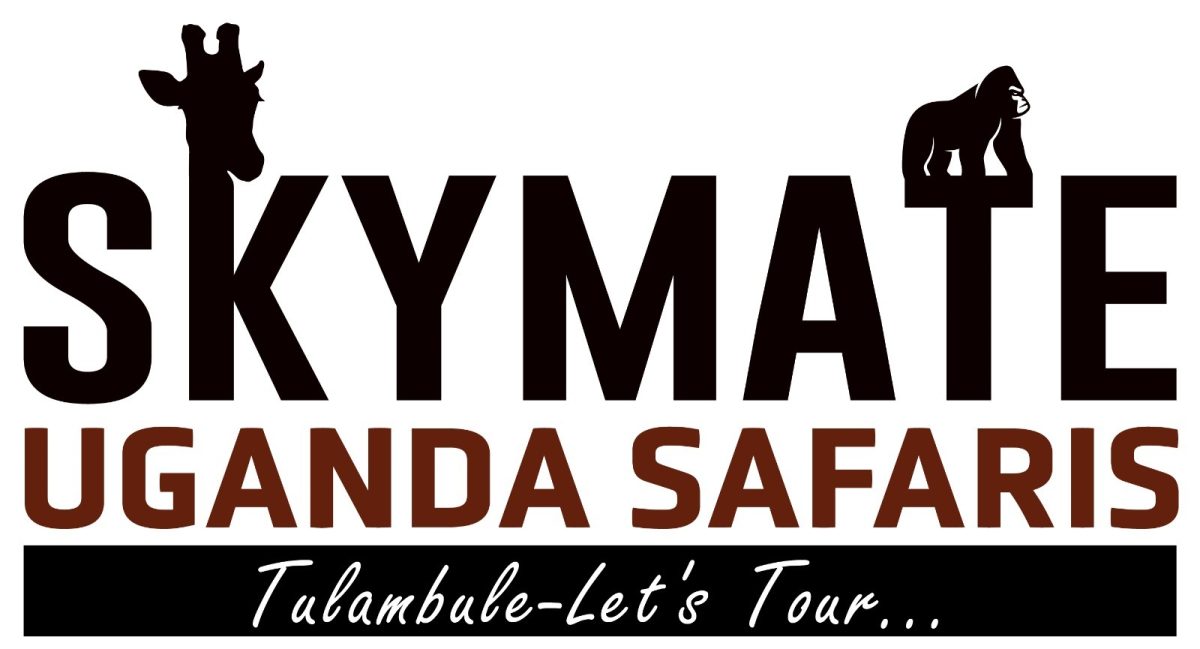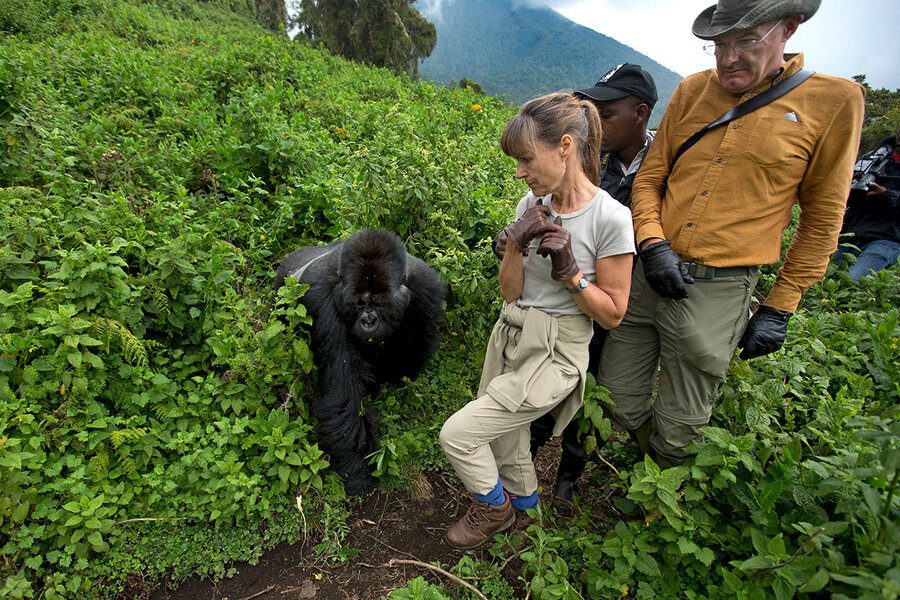One of the most Frequently Asked Questions about gorilla trekking we are often asked is : “how hard or difficulty is gorilla trekking?” Gorilla trekking is an exceptional Africa safari adventure – one that many have described as a profound and spiritual experience.
The minimum age for trekking gorillas is 15 years but there is no upper age limit. The gorilla trekking difficulty or physical demands of gorilla trekking vary, according to several factors such as the specific location, the gorilla family being visited, the weather conditions on the day of trekking, and your level physical fitness.
Generally, gorilla trekking is moderately to highly physically demanding. However, with the right gorilla trekking gears and an experienced support team, almost anyone can trek the gorillas. Here are a few considerations to help you plan your gorilla safari well:
What is The Terrain & Hiking Trails Like?
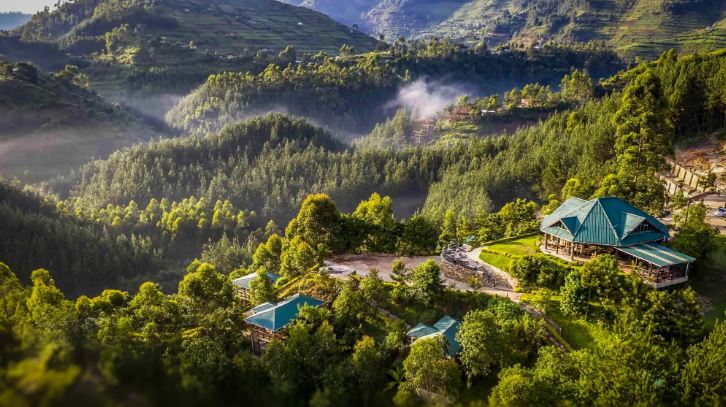
The trek to see gorilla takes you through dense forest jungles and rugged terrain, and frequent steep slopes. Uganda’s Bwindi Impenetrable National Park which is home to the world’s biggest population of mountain gorillas is aptly named and vegetation tends to be very thick. Even the actual trails can be quite overgrown.
On top of that, the trails can be muddy or slippery especially after rain. Navigating such trails and landscape can require a good level of fitness, balance, and agility. But don’t worry; you don’t need to be able to complete a triathlon or bench press three times your body weight to go gorilla trekking in Uganda!
All trekkers will be divided into groups of similar age and fitness levels. The oldest and least fit trekkers will normally be allocated the gorilla family that is nearest the starting point. And your guides are very experienced in assessing how the group is coping and will stop when necessary for a break, to drink water, admire a view or even have a snack.
At what altitude are The Gorillas?
As their name suggests, mountain gorillas live at altitude. Bwindi has an altitude that ranges between 1160 and 2607m. Gorilla trekking in Rwanda’s Volcanoes National Park also takes place at high altitudes (up to 3,000m). Hiking at higher altitude can sometimes cause fatigue and shortness of breath. Dehydration can be a factor too. Thus we recommend you take two liters of drinking water, as well as some energy giving snacks. You’ll be surprised how thirsty you will get on a gorilla trek!
How long does gorilla trekking take?
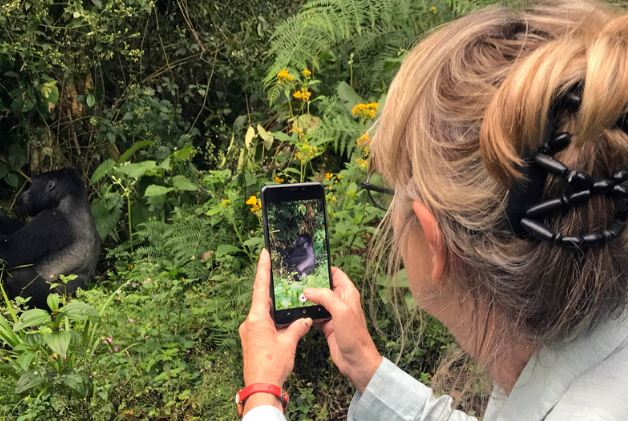
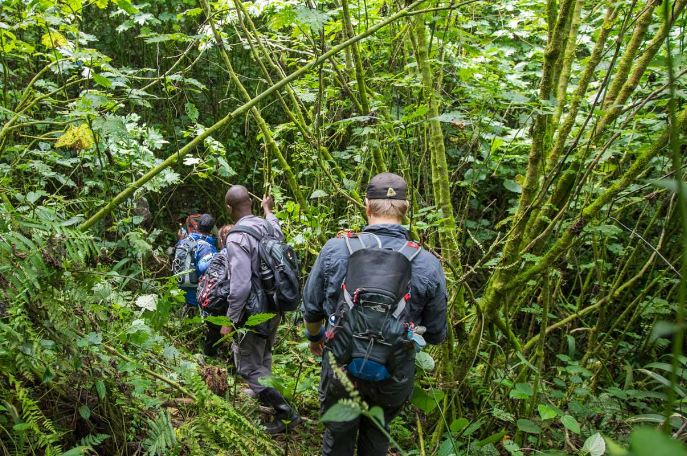
Your park ranger guides will do their utmost to allocate a mountain gorilla family that matches your level of fitness and interest.
But gorilla trekking can vary from relatively short and easy hikes of one hour to longer, more difficult ones of 3 or more hours – and this is before you spend your one hour with the mountain gorillas. Normally, the gorilla trekking activity takes approximately half a day or 6 hours (including the walk back to your vehicle or starting point).
What Weather Can I Expect On A Gorilla Trek?
Africa’s gorillas reside in rainforests. As you can imagine, rain is very common in the rainforest. Weather conditions can vary from hot and humid to cold and wet. Adjusting to these conditions requires the right clothing and a small dose of endurance on occasion!
It is always easiest to trek gorillas during the dry season which usually runs from June to September and December to February. In the wet season, the mud can make trails slippery and the trek tougher. Gorillas may also seek refuge from the rain in nests or trees, making them harder to find and see. You may also like to know the best time to visit Rwanda to see gorillas
What Clothing Do I Need For A Gorilla Trek?
- Whether or not you are fit and capable, it is important to come prepared.
- Wear good quality hiking shoes or boots that are properly broken in beforehand.
- You should also wear lightweight but thick long trousers and long-sleeved shirts.
- Long socks to pull up over your pants/trousers to keep your skin protected. Waterproof Gaiters are an even better option.
- Gloves to protect against thorns and allow you to push through the more difficult parts of the trail without worrying about what you’re grabbing on to!
- Waterproof jacket/rain coat/wind breaker
- Remember to carry a hat, sunblock and insect repellent
Read more about what to wear for a gorilla trek
What Help Can You Get on A Gorilla Tour?
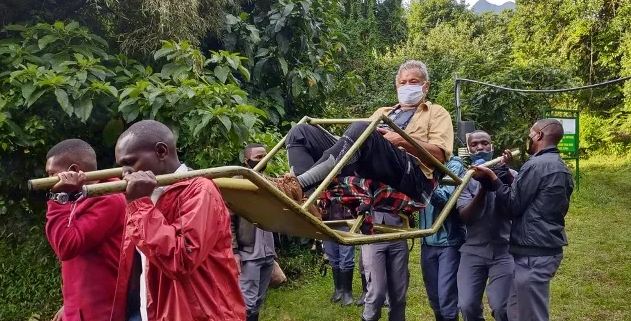
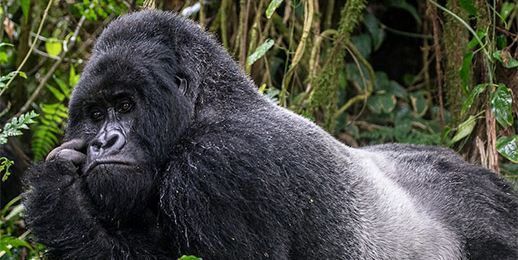
All gorilla trekking tours in Uganda, Rwanda and Congo is organised and managed by expert ranger guide, supported by porters and our own driver guides of course.
Tulambule driver guides have tracked gorillas several times so are well placed to advise you on what to put in your day pack. They’ll make sure you carry plenty of water and can help you organised walking poles, for instance. At the briefing point, you will be briefed by the park wildlife rangers. Here you will have a chance to hire a porter.
Porters can prove invaluable: carrying your daypack and helping you navigate challenging sections of the trail, which can alleviate some of the physical demands. Plus, hiring a porter directly benefits the local communities from which the porters are hired.
If you need a bit more support, don’t be shy. It is even possible to be carried up the mountain on a simple chair-type or ‘stretcher.
What began as an emergency service run by the community has evolved to be a safe and comfortable way for older or less-able visitors to reach the gorillas. This is one of the many extra services that the expert travel consultants at Tulambule can arrange.
Read more about gorilla trekking for the very old.
What If I Injure My Leg During The Trek?
Well, this can happens sometimes, unfortunately. Since you are gorilla trekking take place on uneven mountainous terrain you can miss a step or slide and strain an ankle.
When this happens, the park staff cannot give up on you. A stretcher shall be improvised using tree branches and you shall be carried by able bodied porters for the rest of the trek. If however before gorilla trekking you feel that you are in no shape to attempt trekking even one meter, you are still not left out.
As mentioned above you can request for this specialized stretcher that you sit on comfortably and are carried to and from the gorillas.
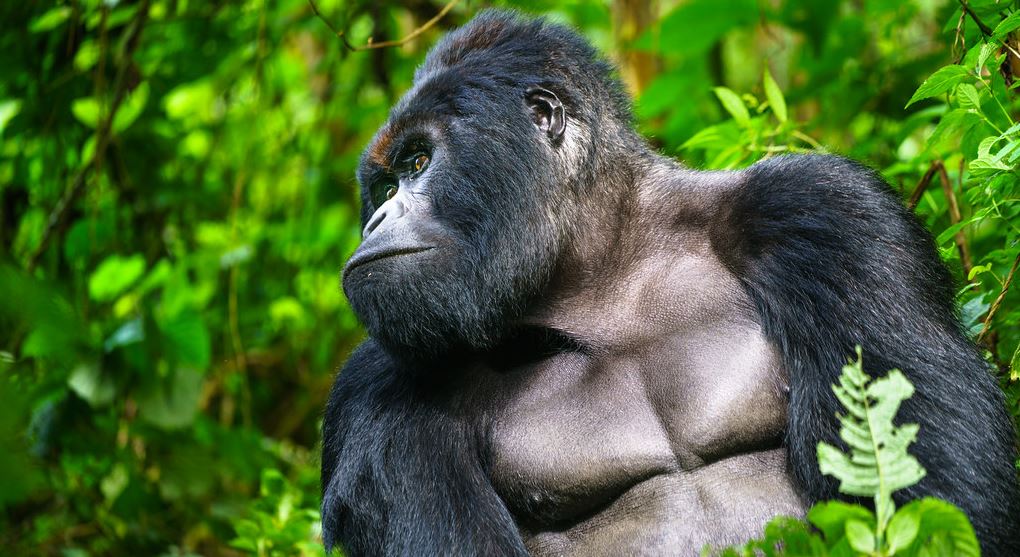
3 Day Gorilla Trekking Uganda tour
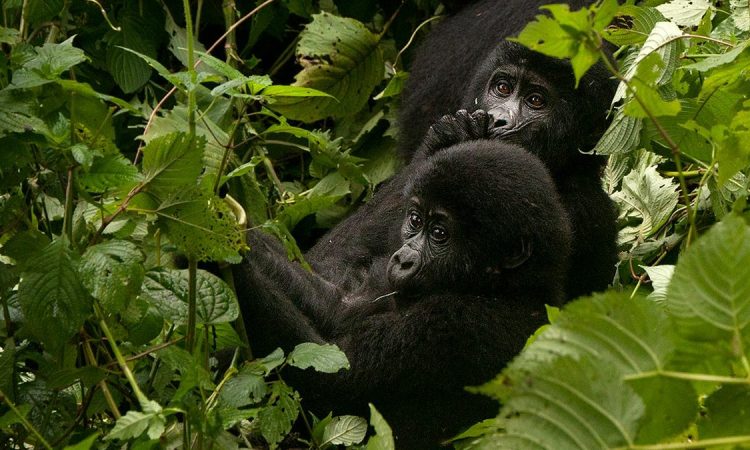
4-Day fly-in Uganda Safari – Gorillas & Chimpanzees
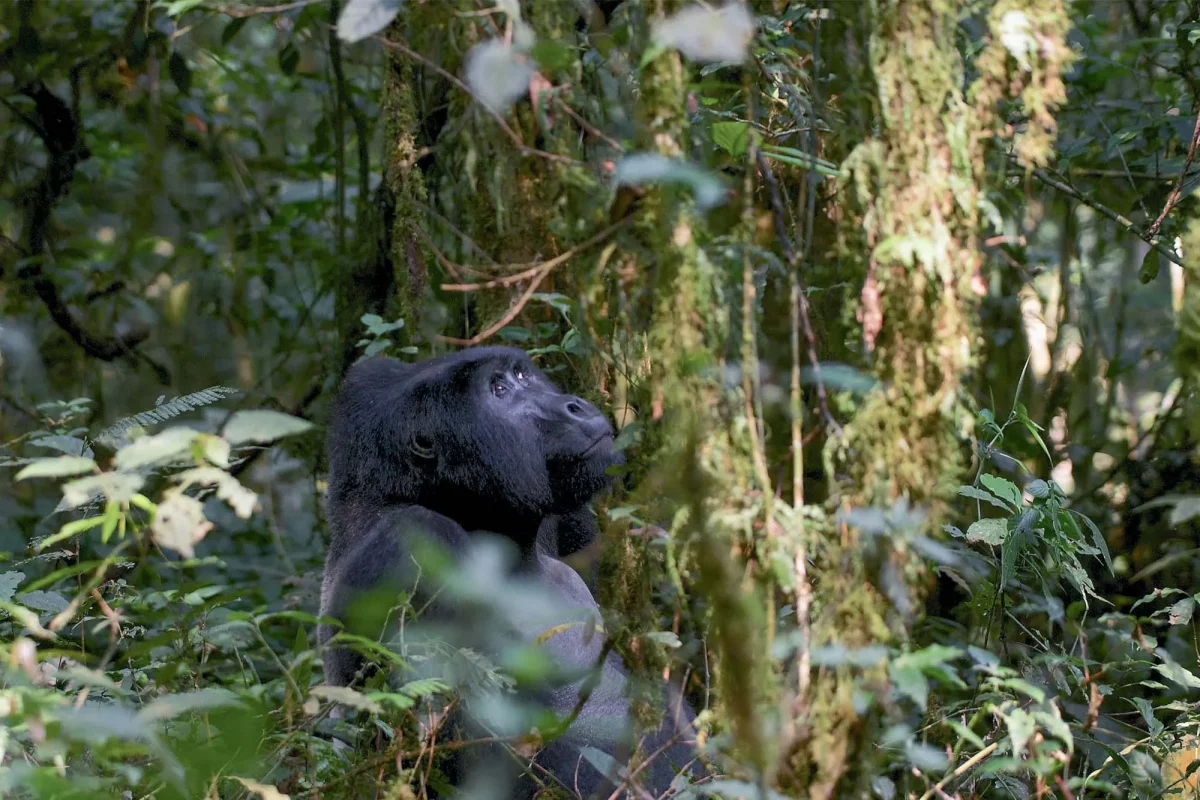
3 Days Fly-In Gorilla Safari Uganda | 2024
Ready to Start Planning Your Gorilla Tour?
We have substantial experience in accommodating a wide range of fitness levels and needs. So, if you’re interested in gorilla trekking and have concerns about fitness or any other aspect, you can be assured that we have already answered 100s of similar enquiries. We can offer guidance on the best options and help you make an informed decision about whether gorilla trekking is suitable for you.
